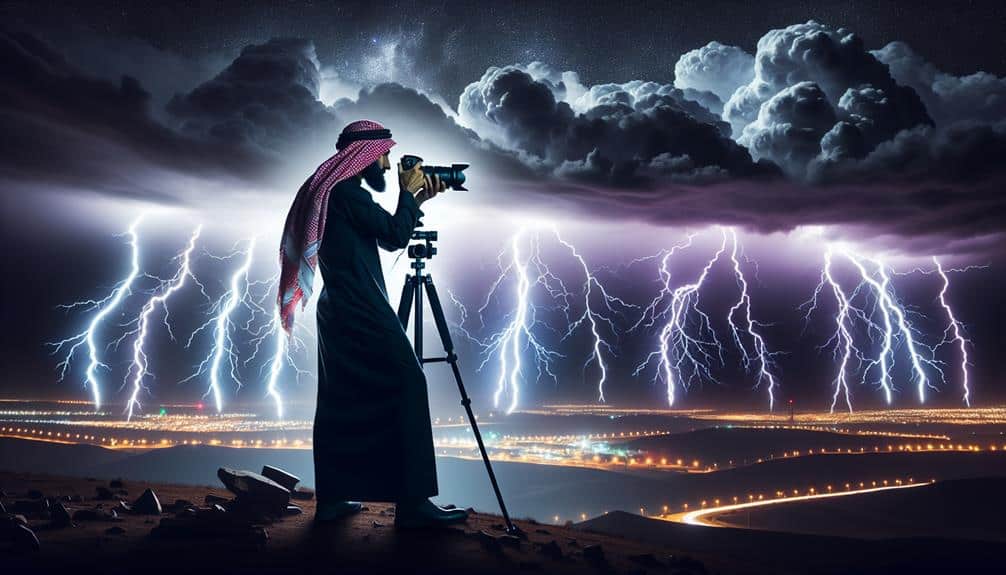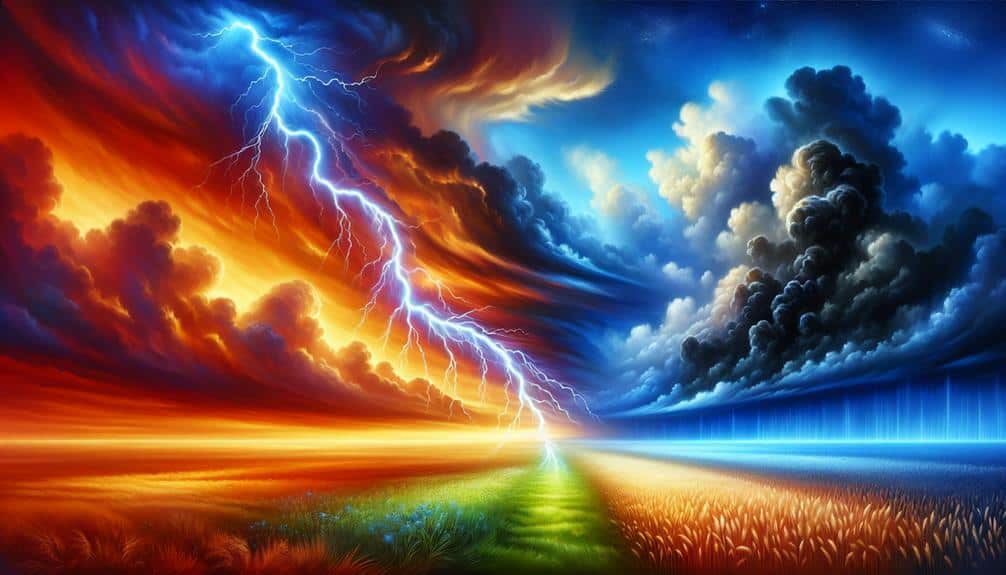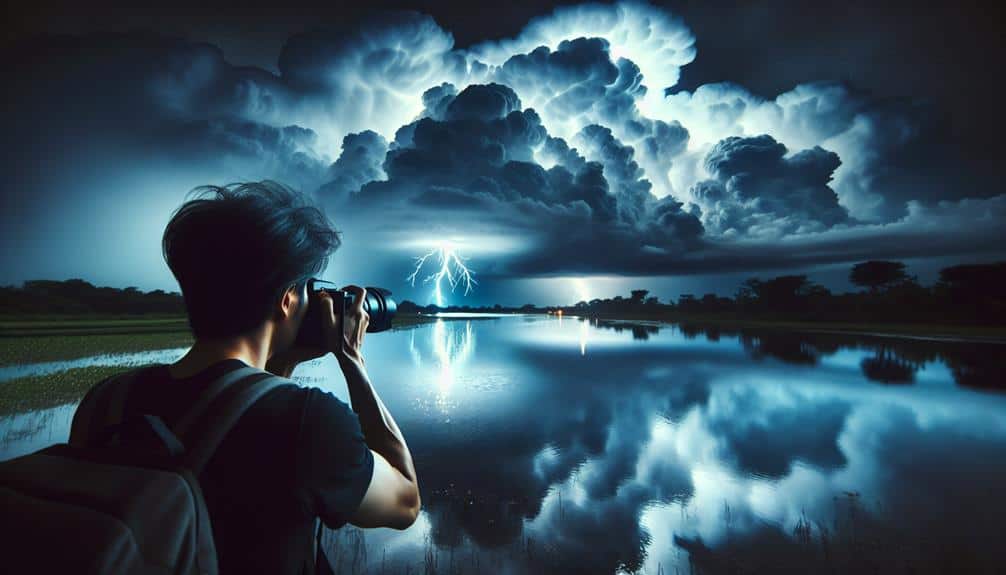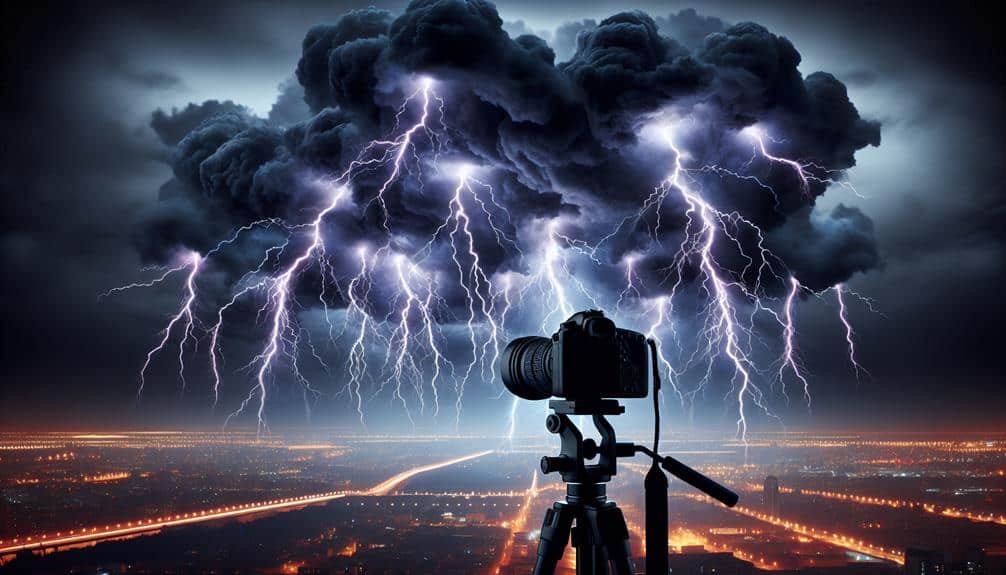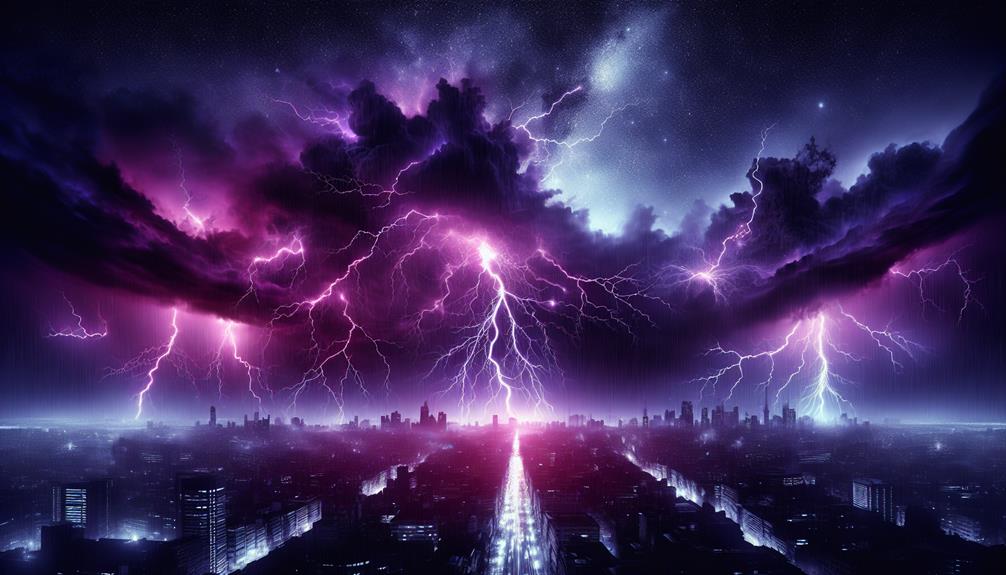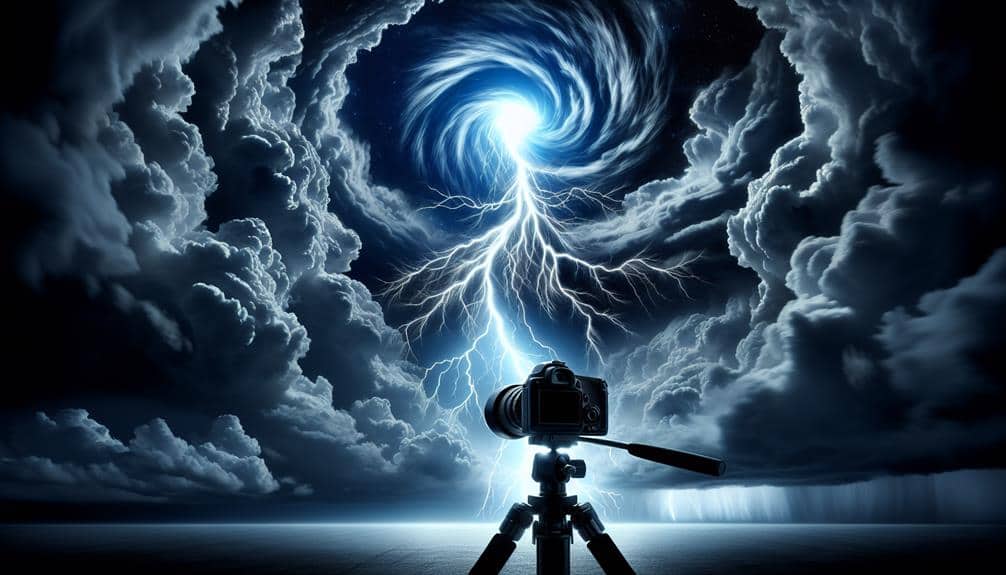3 Best Tips for Capturing Lightning Strikes During a Storm
To capture stunning lightning strikes, let's start with the right gear: use a sturdy tripod and a camera with full manual controls, complemented by a remote shutter release. Prioritize safety by selecting a location with an unobstructed view, like open fields or elevated terrains, and make sure you're protected inside a sturdy structure like a […]
3 Best Tips for Capturing Lightning Strikes During a Storm Read More »

